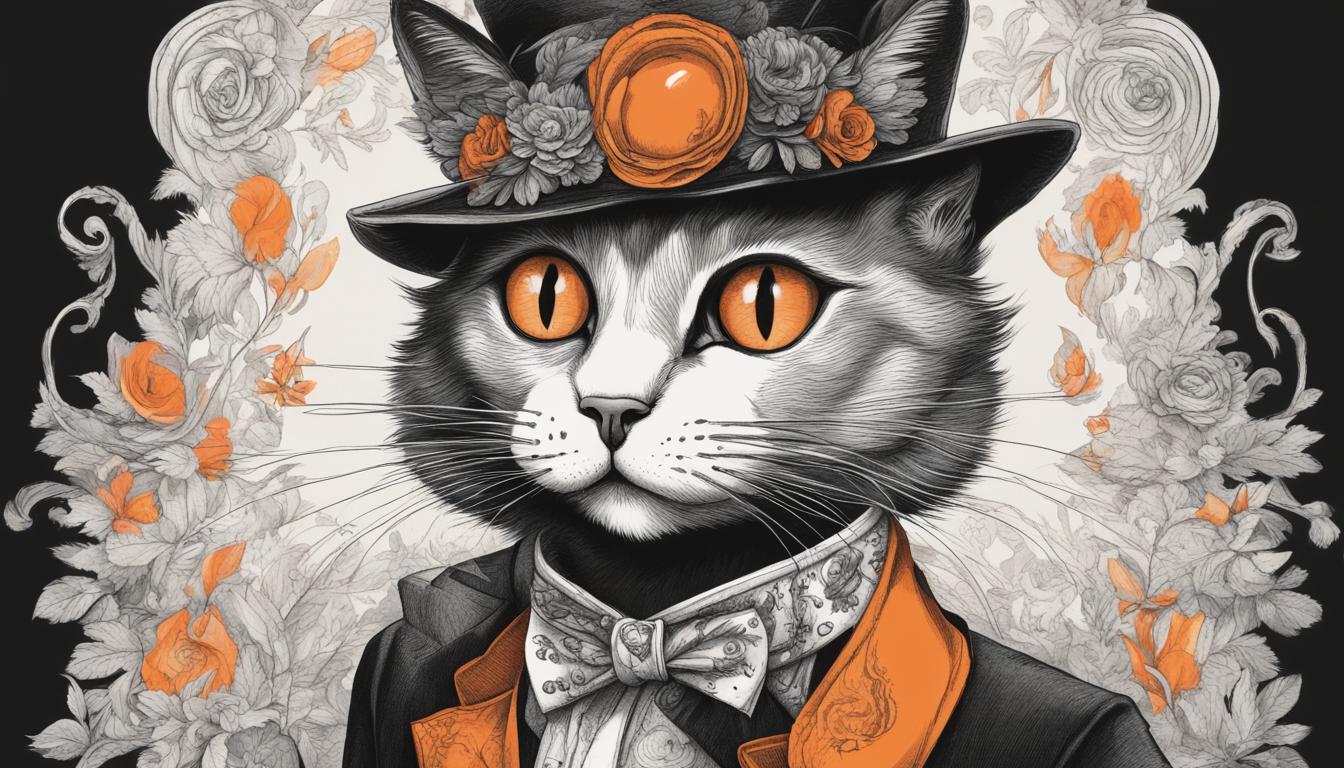The Evolution of Cats: From Pests to Pampered Pets
Kathryn Hughes' book "Catland" explores the transformation of cats from being seen as nuisances to cherished pets. The term "Catland" refers both to the whimsical world created by Victorian artist Louis Wain, whose anthropomorphic cat illustrations became globally famous, and to the broader societal shift in how cats were perceived between 1870 and 1939.
Louis Wain’s illustrations, depicting cats walking upright and dressed in human attire, contributed significantly to changing public attitudes toward felines. During his time, cats transitioned from being viewed as vermin to becoming beloved household companions. This period saw a marked shift from cats being associated with witches and disease to becoming subjects of affection and pampering.
Hughes’ book delves into various aspects of this societal change, such as the emergence of the "cat-burglar" and the class-driven conflicts within the Victorian "cat fancy" community. She also highlights historical anecdotes, including meals for "cats' meat men" in London and the dubious practices of the Feline Defence League, which aimed to protect cats but ended up euthanizing many.
Wain’s career, despite its ups and downs, mirrored this transformation. He produced a wide range of works, from advertisements to postcards and even ceramics influenced by futurism. However, his life took a tragic turn in the 1920s when he succumbed to mental illness and spent his later years in an asylum, still drawing cats.
"Catland: Feline Enchantment and the Making of the Modern World" provides a detailed and engaging look into how Wain’s work and the changing societal context helped shape modern perceptions of cats.
